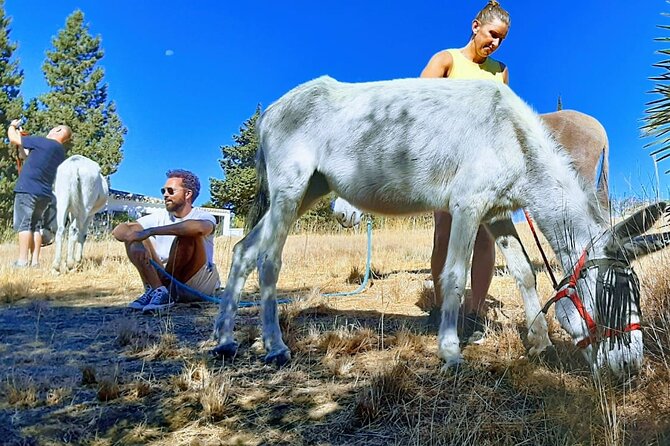Why Are Saturn’s Rings So Thin?
Have you ever gazed up into the night sky and been mesmerized by Saturn’s beautiful shining rings? For centuries, scientists have marveled at this amazing phenomenon in our solar system and asked the question: why are they so thin? Unraveling the mystery of Saturn’s rings is an exciting endeavor that has captivated researchers for generations. With modern technology, we can now explore this astronomical wonder like never before to gain a deeper understanding of its unique properties.
Characteristics of Saturn’s Rings
Saturn is one of the most iconic planets in our Solar System, with its unique rings being a particularly captivating feature. These rings are made up of ice particles and rocks, ranging in size from micrometers to meters. While they may appear solid when viewed from Earth, they actually consist of countless individual objects which form distinct structures within the ring system. The main divisions of Saturn’s rings can be seen as follows:
- A Ring: This is the brightest and densest part of Saturn’s ring system. It consists mainly of particulate matter that reflects sunlight back towards us on Earth.
- B Ring: This region is slightly less dense than A Ring but still quite bright due to its high reflectivity. Here we find numerous gaps created by gravitational interactions between embedded moonlets.
- C Ring: Comprising mostly dust-size particles, this outermost ring contains many dark features caused by meteoroid bombardment over time.
The coloration across Saturn’s rings also varies dramatically depending on their composition and location relative to the Sun. Generally speaking though, those closest to the planet will appear brighter since they are reflecting more light directly back at us; whereas farther away regions will look darker due to reflection off other nearby material or absorption within them. Some parts even exhibit hues such as orange or blue!
In addition, Saturn’s rings have been found to contain several different types of structure including spiral waves formed through resonance with moons located further out; spokes – transient phenomena believed to be caused by charged particles streaming along magnetic field lines connecting inner moons with outer ones; and kinks – disturbances generated by passing asteroids interacting gravitationally with embedded moonlets inside each band (which then cause ripples). All these features add an extra level complexity and beauty when viewing this amazing celestial object!
• Composition of Saturn’s Rings
Saturn’s rings are a mystery to many. What makes up the composition of these breathtaking and iconic bands circling Saturn? Scientists have studied the rings in great detail, giving us an understanding of what they’re composed of.
The most obvious thing about Saturn’s rings is that they are made up mostly of ice particles, ranging from tiny grains to chunks as big as houses. These icy particles range in size from one micrometer (a millionth of a meter) all the way up to 10 meters across! However, there is more than meets the eye when it comes to their makeup; small amounts of dust and rocky material also make up part of its composition.
When looking at Saturn’s ring system from afar, you can see four distinct main divisions. The innermost and outermost parts consists mainly of dirty ice with some dust mixed in; while the middle two parts have much larger pieces consisting mainly of water-ice with some rocky material thrown into the mix. On top of that, there are thin gaps between each division which allow space probes to navigate through them safely – though these gaps were only discovered by Voyager 1 back in 1980! These divisions indicate that different processes must have been involved during formation.
-
Ultimately scientists believe that impacts caused by meteors or other objects created debris which then aggregated over time into larger chunks due to gravity.
-
In addition, radiation pressure from sunlight helps keep these large rocks apart so that they don’t crash together
-
Categories Blog





